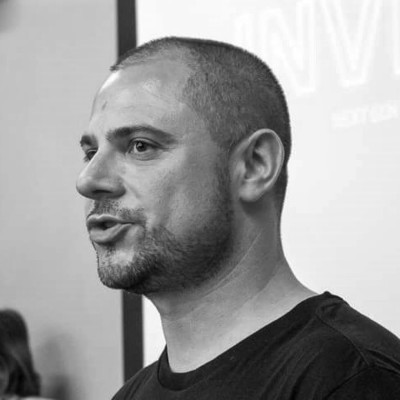
Guillaume Mezino
Founder of Kipwak Studio and Edazot SA

Luca Cannellotto
Game Design Specialist at Pro Helvetia
Watch a replay of the training session
Report
Turning an idea into a video game : from creative spark to launch on Steam
First off, a quick note: a game only really exists when it finds its audience – and that journey is longer than you might think. During this session, Guillaume Mezino and Lucas Cannellotto shared a practical roadmap for getting from concept to market: market analysis, agile prototyping, finding a publisher, and community marketing.
First key point: choosing the genre and platform. According to Guillaume Mezino, ‘90% of sales are decided at the ideation stage.’ Understanding the niche, examining trends and calibrating the value proposition (hook, mechanics, visual identity) can help you avoid many pitfalls.
Once the course has been set, it’s time for prototyping. The goal is to produce a playable vertical slice in two to four weeks so that it can be tested immediately with players. This initial feedback from the community already shapes the evolution of gameplay and storytelling. Lucas Cannellotto points out that a solid prototype is also the best argument when dealing with publishers: ‘They don’t buy an idea, but a concrete experience.’
Next comes pre-production: planning, budgeting, pitch decks and fundraising. SwissGames, for example, offers grants of up to CHF 50,000 and a coaching programme to help consolidate business plans or
During production, the game takes shape: development, art direction, sound design, QA… and above all, continuous communication. Guillaume Mezino recommends setting aside ‘a third of the schedule’ for adjustments based on player feedback, via Early Access or demos. Social media and the specialist press thrive on behind-the-scenes images, open devlogs and beta keys distributed to carefully targeted influencers.
After launch, everything begins: day-one fixes, balancing patches, additional content, console or mobile ports, community management. A game’s longevity depends on its ability to evolve without betraying its initial promise.
Finally, developing in Switzerland comes with its share of challenges – high costs, limited talent pool – but also advantages: institutional support, proximity between studios, increased visibility on the international scene thanks to SwissGames collective stands.
In summary:
Strategy from the outset: define genre, market and platform before writing a single line of code.
Prototype early, test often: the community is your best QA.
Marketing at every stage: tease, tell, listen – then adjust.
Capitalising on the Swiss ecosystem: scholarships, coaching, matchmaking and trade fairs.
For further information, the replay of the session and additional resources from the speakers remain available online.
